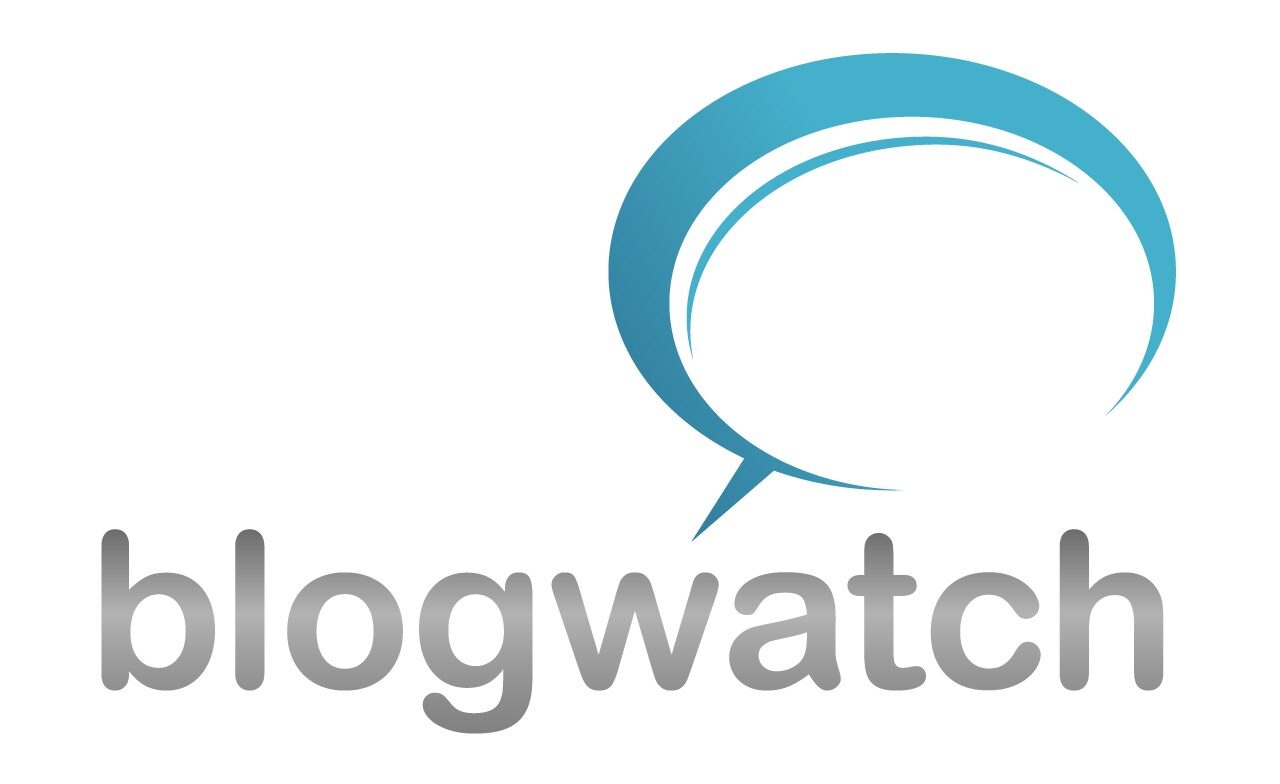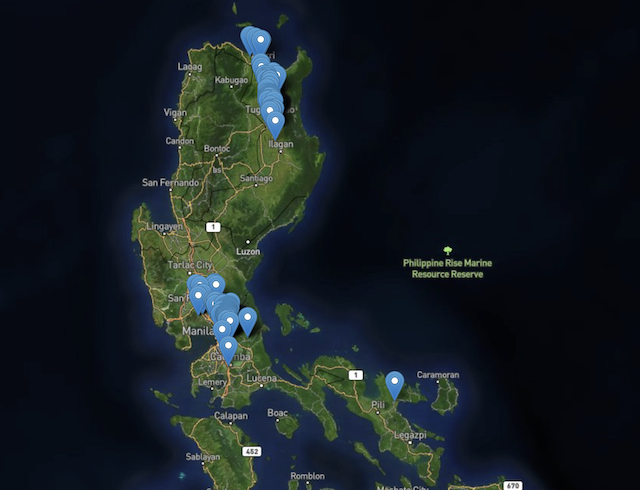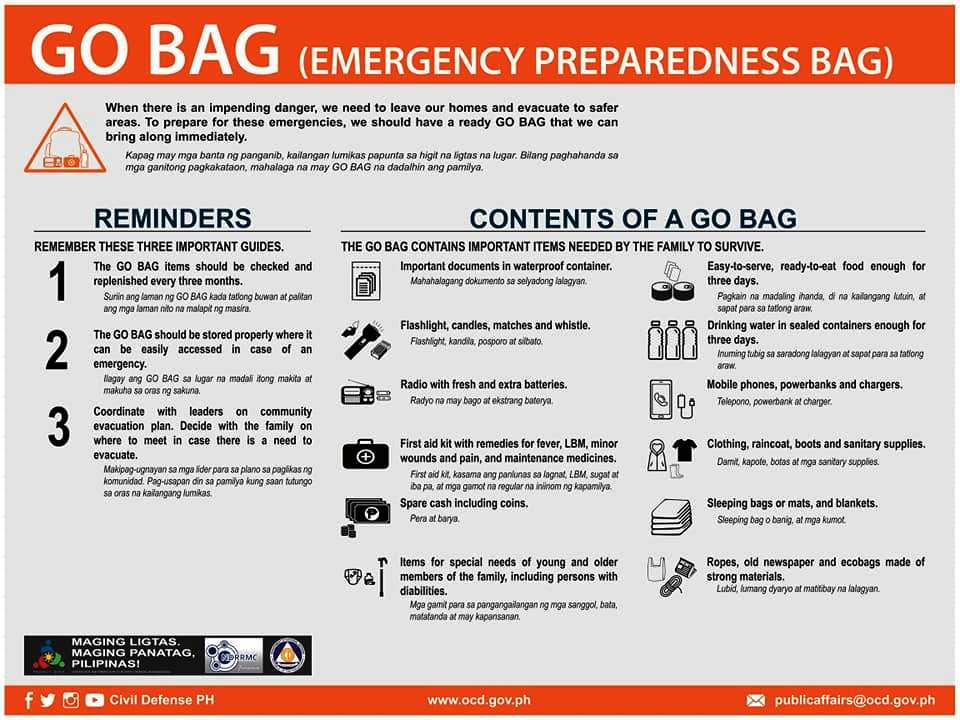The power of social media during natural calamities
Two calamity-specific hashtags have been adopted after Tropical Storm “Ondoy” (international name: “Ketsana”): #RescuePH, which is used when someone needs rescuing or has knowledge of someone in need of rescuing; and #ReliefPH, which is used by social media users themselves in need of or have information on individuals and/or communities in need of relief goods and services. The hashtag is also used as a catch-all for updates on relief aid provided.
Netizens created these two hashtags in 2012 at the height of the habagat (southwest monsoon). Mass media used these hashtags so much that people started using it to call for help. According to Rosario Juan, #RescuePH became the first institutionalized practice of a unified hashtag for disaster response. All media agencies agreed to use it because the Presidential Spokesman’s Office told them to. I took part in this meeting for a public and private sector online coordination during the postmortem meeting of Typhoon “Ruby” (“Hagupit”) in 2014. Organized by the Presidential Communications Development and Strategic Planning Office, we agreed on unified hashtags for easier dissemination of information and coordination. Present in this meeting were government agencies, members of the media, netizens and nongovernment agencies. Before starting the meeting, I recalled then-Presidential Communications Undersecretary Manolo Quezon warning us to set aside political differences, since some of us were critical of President Benigno Aquino 3rd, including myself. An output of that meeting led to a “Social Media Style Guide during Natural Calamities” aside from defining government and media roles.
I have not seen the continuity of the previous administration’s coordination efforts. The National Disaster Risk Reduction and Management Council (NDRRMC) showed a general lack of disaster preparedness and urgency. No high alert and no massive preemptive evacuation were undertaken prior to “Ulysses” (“Vamco”), unlike Typhoon “Rolly” (“Goni”), as gleaned from the NDRRMC Twitter feed and situation reports.
In the initial hours of a disaster, I am aware agencies, rescue teams and law enforcers may not be our first responders as it is possible that many of them will themselves be affected, or rescue is just impossible because of rising flood waters, but there could be rescuers in nearby communities that could help. Juan looked back at how netizens and government worked together, setting aside political colors.
“The government worked with the people. We were able to coordinate with them. Then they used crowdsourced data to help NDRRMC and the coast guards. Open lines of communication and coordination happened because there was a mandate from the President to work with everyone to get things done.” Even the Google crisis response team was on board because they had open communication lines with Undersecretary Quezon.
Many netizens turned to the Twitter feed of Vice President Maria Leonor Robredo to receive updates on rescue efforts in Isabela and Cagayan, and netizens messaged her Facebook account, appealing for help. Robredo provided assurance on social media, “Whenever we get updates from the ground, we share them with the public. It is important to assure those who are distressed that (1) we heard you; (2) help is coming; (3) we are doing all we can to save you.”
NDRRMC should have been more active online, in providing real-time updates and coordination of rescue efforts. Even the Laging Handa twitter account, which is the Crisis Communications Center of the Philippines, showed no updates since November 4. Its Facebook account describes itself as “Emergency Rescue Service,” but real-time updates of rescue and relief operations were not available. Citizens helped by reporting on-ground situation which we used for our Rescue mapping efforts. This was then shared with the Office of Civil Defense. During an emergency, President Rodrigo Duterte should be on top of the situation instead of making excuses and ranting about the Vice President’s efforts. Why create a new inter-agency task force, distinct from the NDRRMC to fast-track relief efforts for typhoon victims? We need to learn from these disasters and re-establish a workflow for future disasters and other emergencies. We need to bring back public and private sector online coordination where political differences are set aside. Perhaps the Presidential Communications Group can initiate a postmortem meeting on Typhoon Ulysses.
Here is the rescue map used by #RescuePH bit.ly/rescuephmap (crowd-sourcing map to identify individuals/people in need of rescue and relief response) and the response map, bit.ly/respondersmap (for easier reference for response/rescue teams).
First published at the Sunday Business & IT



